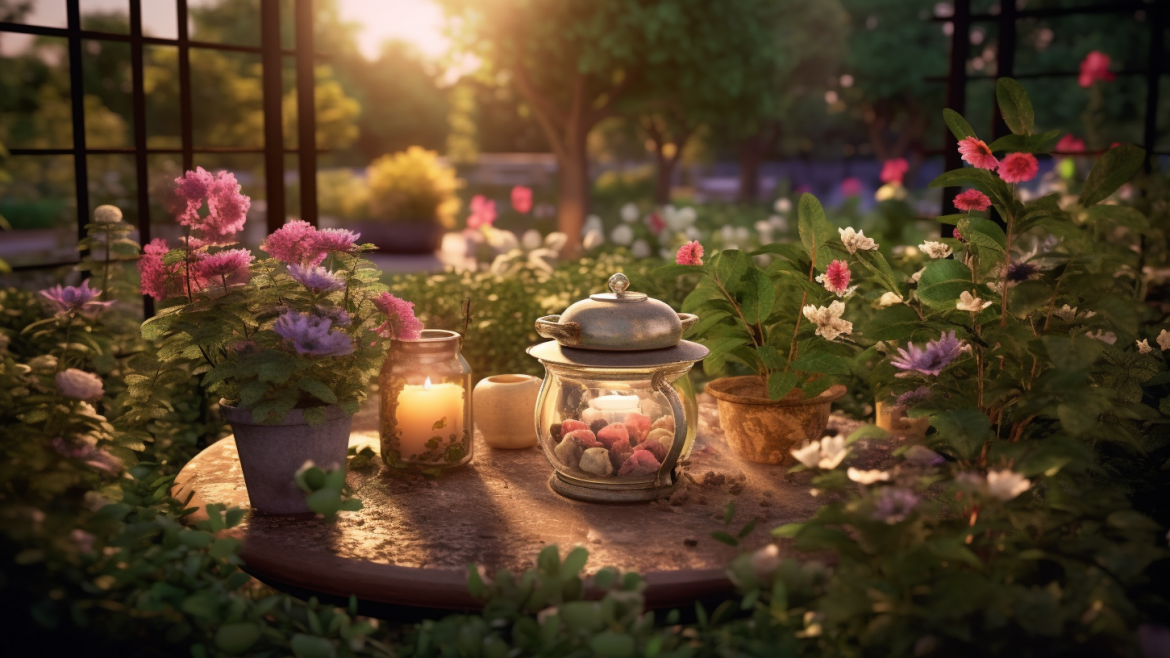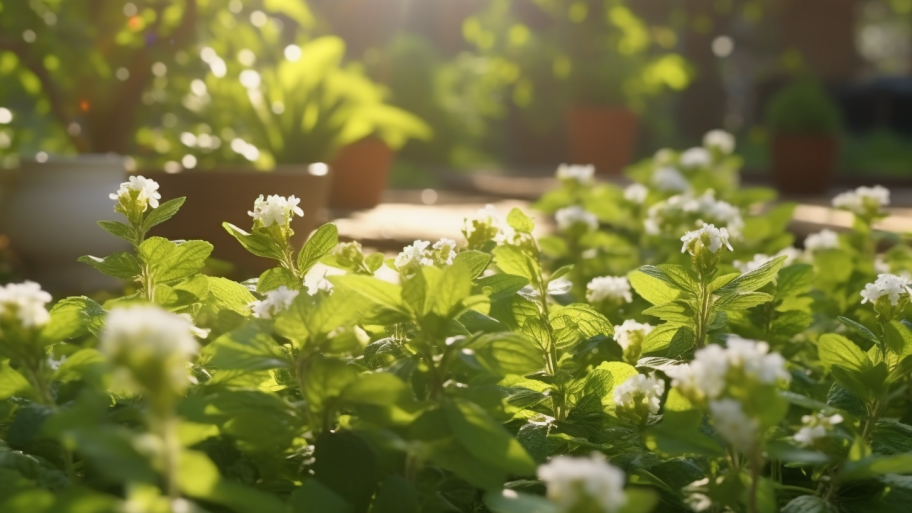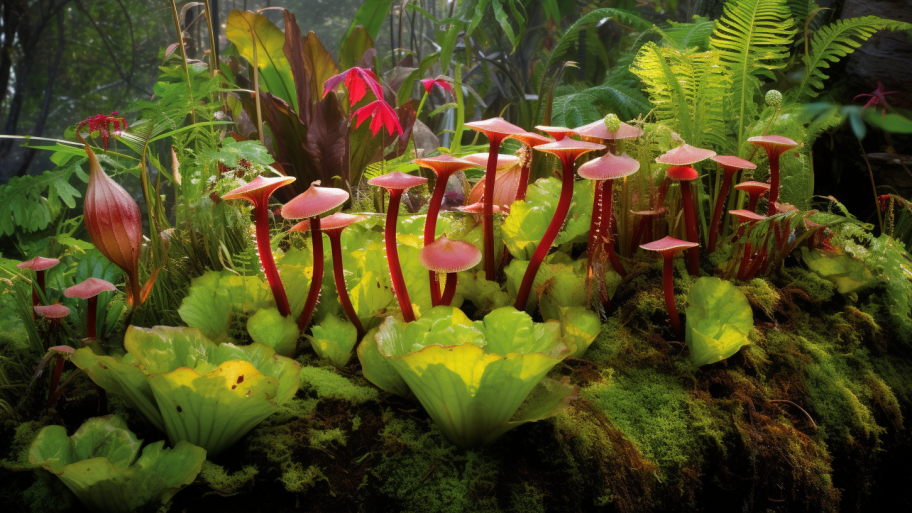Embark on a delightful journey as you design and create your very own tea garden. Immerse yourself in the art of tea cultivation, from choosing the right plants to designing a captivating layout that will turn your garden into a tranquil oasis. In this article, we’ll explore the essentials of creating a tea garden, focusing on selecting the ideal tea plants and designing an enchanting space for you to enjoy the fruits of your labor.
Selecting Tea Plants: Exploring Varieties and Their Flavors
When it comes to choosing tea plants for your garden, it’s essential to consider both the flavors you enjoy and the growing conditions of your location. While Camellia sinensis is the plant responsible for classic green, black, and oolong teas, there are numerous other plants you can grow to create flavorful herbal teas. Here are a few popular options:
- Chamomile: Renowned for its calming properties, chamomile plants produce daisy-like flowers with a subtle apple flavor.
- Mint: With a refreshing aroma and taste, mint is a versatile herb that comes in many varieties, including peppermint and spearmint.
- Lemon balm: This fragrant herb imparts a gentle lemon flavor and is known for its soothing effects.
- Lavender: With its distinctive floral taste, lavender adds elegance and depth to tea blends.
As you explore different tea plants, consider their compatibility with your local climate and soil conditions. Many herbs thrive in well-drained soil and full sunlight, while some may require specific care. Researching each plant’s needs will ensure a thriving, bountiful tea garden.
Designing Your Tea Garden: Aesthetics and Functionality
Designing your tea garden involves striking a balance between beauty and practicality. Keep these factors in mind when planning your layout:
- Accessibility: Ensure your tea plants are easily accessible for regular care, harvesting, and enjoyment. Consider including paths or stepping stones for easy navigation.
- Focal points: Create visual interest by incorporating focal points such as a birdbath, statue, or trellis. These elements can also provide structure to your garden layout.
- Plant arrangement: Group plants with similar growing requirements together. This not only creates a harmonious appearance but also makes maintenance more manageable.
- Sensory experience: Enrich your tea garden by incorporating plants with different colors, textures, and fragrances. This adds depth and dimension to your garden, making it a truly immersive experience.
- Seating: Include a comfortable seating area where you can relax, sip your homegrown tea, and admire your garden. A bench or hammock nestled among your tea plants can create the perfect spot to unwind.
As you design your tea garden, allow your creativity to flow. Personalize your space with unique features, such as a small pond, wind chimes, or a miniature greenhouse. Remember that your tea garden is not just a functional space for growing plants but also a sanctuary where you can connect with nature and indulge in the art of tea.
In the next article, “Cultivating Your Tea Garden: Planting, Growing, and Harvesting,” we’ll delve deeper into the intricacies of tea plant care. You’ll learn about soil, water, and sunlight requirements, as well as techniques for harvesting your tea leaves to ensure maximum flavor and freshness. Prepare to be steeped in knowledge as we continue this journey together in cultivating the perfect tea garden. Happy sipping!




